after working for hours, spending too much effort on this problem, I have almost given up! Here it is:
Given:
a list containing point objects where I have point object and line object defined as:
class Point():
def __init__(self, x, y):
self._x = x
self._y = y
def __eq__(self, other):
return self.__dict__ == other.__dict__
and
class Line(object):
def __init__(self,p1, p2,name):
self.p1=p1
self.p2=p2
self.name=name
Problem:
I am trying to create a list of points, in the same order in which the lines are connected; upto now I can detect connections between lines e.g.
p1=Point(2.1,2.0)
p2=Point(1.1,5.0)
p3=Point(4.1,3.0)
p4=Point(3.1,2.0)
and
line1=Line(p1,p2,"line.1")
line2=Line(p3,p2,"line.2")
line3=Line(p3,p4,"line.3")
line4=Line(p4,p1,"line.4")
-

Normally, the points are not listed in order, and similarly the lines are also not ordered.
Upto now I can detect the spline connections in the following format (list of lists containing tuples:
connectionList= [
[(line1, line1.p1), (line4, line4.p2)]
[(line2, line2.p1), (line3, line3.p1)]
[(line3, line3.p2), (line4, line4.p1)]
...
]
I am trying to achieve the result in format [p1, p3,p4, ..]
EDIT:
The solution to above problem (after using the answer from @marqs) embedded in an example, is below:
class Point():
def __init__(self, x, y):
self._x = x
self._y = y
def __eq__(self, other):
return self.__dict__ == other.__dict__
class Line(object):
def __init__(self,p1, p2,name):
self.p1=p1
self.p2=p2
self.name=name
p1=Point(1,1)
p2=Point(5,2)
p3=Point(1,5)
p4=Point(2,2)
p5=Point(5,5)
p6=Point(6,1)
p7=Point(6,5)
p8=Point(2,5)
s1=Line(p1,p3,"Line1")
s2=Line(p7,p6,"Line2")
s3=Line(p1,p6,"Line3")
s4=Line(p2,p5,"Line4")
s5=Line(p4,p8,"Line5")
s6=Line(p4,p2,"Line6")
s7=Line(p5,p7,"Line7")
s8=Line(p3,p8,"Line8")
def connectivity(s,sl):
s_L=[]
s_L=[spl1 for spl1 in sl]
s_L.remove(s)
connection=[]
for sp in s_L:
if s.p1==sp.p1:
connection.append([(s, s.p1), (sp, sp.p1)])
continue
elif s.p1==sp.p2:
connection.append([(s, s.p1), (sp, sp.p2)])
continue
elif s.p2==sp.p1:
connection.append([(s, s.p2), (sp, sp.p1)])
continue
elif s.p2==sp.p2:
connection.append([(s, s.p2), (sp, sp.p2)])
continue
else:
pass
return connection
def getPoints(connectionList):
firstConnection = connectionList[0]
points = [firstConnection[1][1]]
lastLine = firstConnection[1][0]
connectionList.remove(firstConnection)
while len(connectionList):
for connection in list(connectionList):
(line1, p1), (line2, p2) = connection
if lastLine == line1 or lastLine == line2:
points.append(p1)
lastLine = line1 if lastLine == line2 else line2
connectionList.remove(connection)
break
return points
con=[]
complete=[]
slist=[s1,s2,s3,s4,s5,s6,s7,s8]
for splineX in slist:
con=connectivity(splineX, slist)
prev=[temp1 for temp01 in complete for temp1 in temp01]
if not (con[0][0] in prev or con[0][1] in prev):
complete.append(con[0])
if len(con)>1:
if not (con[1][0] in prev or con[1][1] in prev):
complete.append(con[1])
connectionList=[xyz for xyz in complete]
pointList=getPoints(connectionList)
pointcord=[]
for pnt in pointList:
pointcord.append((pnt._x, pnt._y))
print "Ordered list of points:\n" , pointcord
The result is:
Ordered list of points:
[(1, 1), (6, 1), (6, 5), (5, 5), (5, 2), (2, 2), (2, 5), (1, 5)]